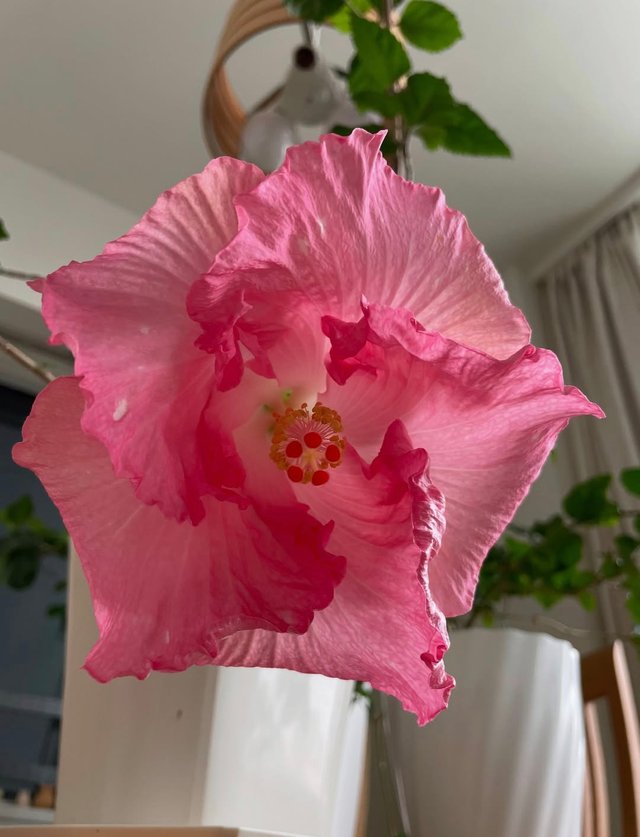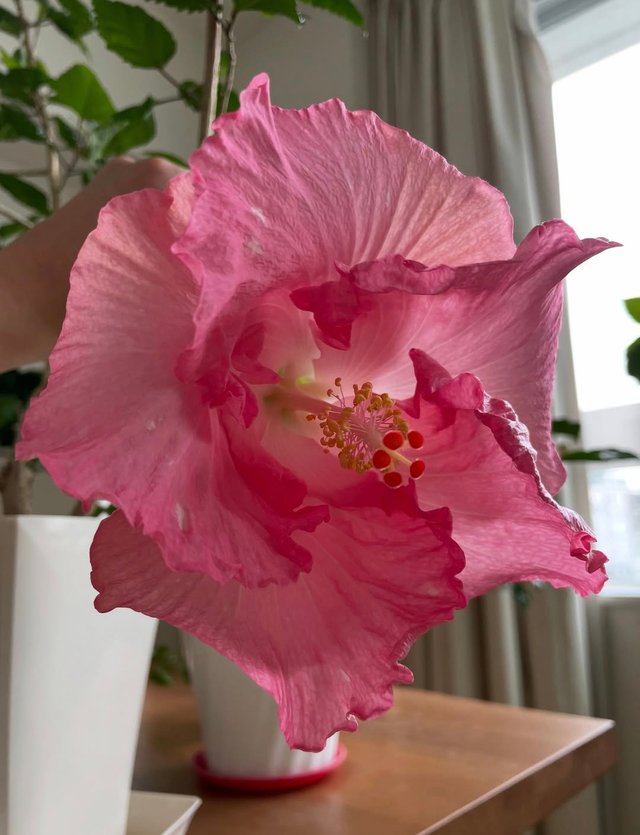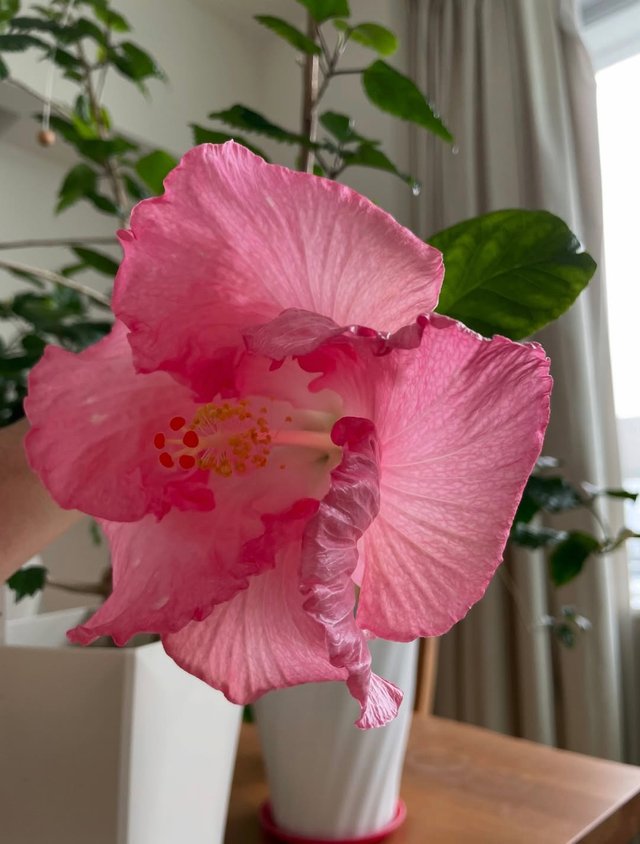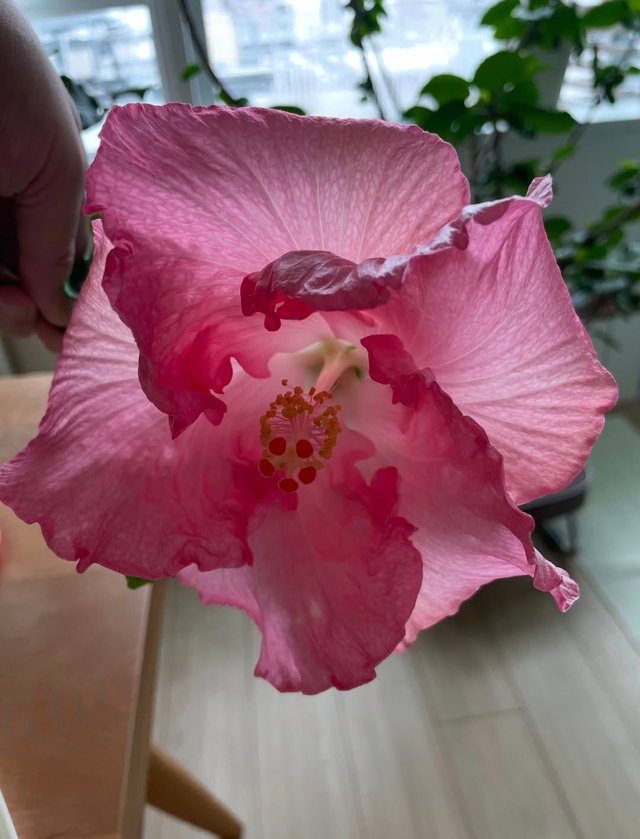Hibiscus Flower: A Bold Bloom with Deep Roots
The Hibiscus is a vibrant and captivating flower that graces gardens, homes, and wild landscapes in tropical and subtropical climates around the world. Known for its large, trumpet-shaped petals and striking colors, the hibiscus is more than just a pretty bloom—it holds cultural, medicinal, and ecological significance that spans continents and centuries.
Hibiscus plants can grow as small shrubs or trees, with some species reaching up to 15 feet tall. The flowers are typically large—some as wide as 8 inches—and come in a dazzling array of colors, including red, pink, yellow, white, and orange. Some varieties even feature multi-colored petals or ruffled edges.The hibiscus is the state flower of Hawaii, specifically the yellow Hibiscus brackenridgei. It's often worn behind the ear and symbolizes hospitality, beauty, and joy.
Red hibiscus flowers are sacred to the goddess Kali and are used in offerings and rituals. They are also associated with the sun and spiritual power.The hibiscus represents fame, wealth, and personal glory. It's a popular ornamental flower in gardens and traditional art.Often used in leis and ceremonial garments, the hibiscus symbolizes delicate beauty and is a favorite for personal adornment.
Because hibiscus flowers are often short-lived—sometimes blooming for just a single day—they can also symbolize the fleeting nature of beauty and living in the moment.The hibiscus flower is far more than a tropical ornament. With its bold beauty, deep symbolism, and beneficial uses, it represents a fusion of nature’s elegance and human culture. Whether sipped in tea, admired in a lei, or tended in a backyard, hibiscus reminds us to embrace vibrance, transience, and the joyful essence of life.



